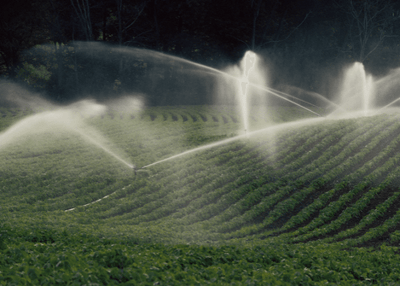Analies Dyjak | Policy Nerd
This past year, GenX, Per and Polyfluroalkyl Substances (PFAS), and other contaminants that fall into the broader category of Perfluorinated Compounds, have received major media coverage. Information regarding municipal water quality can quickly become obscured, so the goal of this article is to summarize key news components and scientific data.
Parchment, Michigan: Drinking Water Contaminated With PFAS
Sunday, July 29th, the Governor’s office announced a state of emergency for residents in the City of Parchment and Cooper Township, Michigan. Kalamazoo County Health Department detected PFAS in Parchments drinking water supply at concentrations as high as 1,587 parts per trillion. For a bit of perspective, this is almost 23 times higher than the Lifetime Health Advisory Level set by EPA and 79 times higher than the Minimum Risk Level set by the Agency for Toxic Substances and Disease Registry.
City officials stated that the next course of action involves draining Parchments entire water supply. The City of Kalamazoo will then connect their water system to Parchment, and begin flushing the system until levels are below the Lifetime Health Advisory Level of 70 parts per trillion. Residents are being advised to not drink Parchment municipal water until further notice. The City of Parchment sources its drinking water from 3 groundwater wells in Cooper Township. Kalamazoo also uses groundwater, which is highly susceptible to this same type of contamination. Additionally, because this category of contaminants is unregulated, municipalities are not required to test for it. Kalamazoo did not test for PFAS in their most recent Consumer Confidence Report.
What Are Per and Polyfluoroalkyl Substances (PFAS)?
Per and Polyfluoroalkyl Substances (PFAS) are a category of “emerging contaminants,” which means they have been detected in the environment but the risk to human health is unknown. GenX, PFOA, and PFOS are all common contaminants that fall under the category of PFAS. These compounds have been used in industrial and consumer products since the early 1950’s. Scotchgard, Teflon, firefighting foam, metal plating, heat/water repellent products, and stain resistant fabrics are associated with this category of contaminants. PFAS are extremely persistent in the environment, which means they are highly resistant to degradation processes.
Are Per and Polyfluoroalkyl Substances (PFAS) Regulated?
No. The entire class of contaminants is currently unregulated. This means that municipalities and state agencies are not required to test for it.
What Are The Health Effects of Per and Polyfluoroalkyl Substances (PFAS)?
According to a study done by the Agency for Toxic Substances and Disease Registry (ATSDR), PFAS exposure is associated with various adverse health effects, including an increased risk of cancer, lowered fertility rates, increased cholesterol, and developmental issues in infants and young children.
What Are Officials Doing About Per and Polyfluoroalkyl Substances (PFAS)?
EPA set a Lifetime Health Advisory Level of 70 parts per trillion for both PFOA and PFOS. The rule of thumb for PFAS is that the sum of the category of contaminants should be no higher than 70 parts per trillion. ATSDR believes this level should be reduced to 20 parts per trillion. Again, Lifetime Health Advisory Levels and Minimum Risk Levels are non-enforceable limits. As we know, the regulatory process in the United States can take decades, so these values should be taken with a grain of salt. Several types of PFAS appeared on the Third Unregulated Contaminant Monitoring Rule, which is the only progress we’ve seen in terms of regulating this category of contaminants.
Want To Learn More About Perfluorinated Compounds?
Take advantage of Hydroviv's “help no matter what” approach to technical support! Go to hydroviv.com and use our live chat feature. Our Water Nerds will gladly answer any questions you might have regarding PFAS or anything else water related. If you live in Michigan and want more information about PFAS in your area, we recommend reaching out to the Michigan Department of Health and Human Services Toxicology Hotline at 800-648-6942.
Other Article We Think You Might Enjoy:Military Bases Show High Levels of PFAS Contamination
Recap of the 2018 PFAS National Leadership Summit and Engagement
GenX Contamination In The Cape Fear River: What You Need To Know

